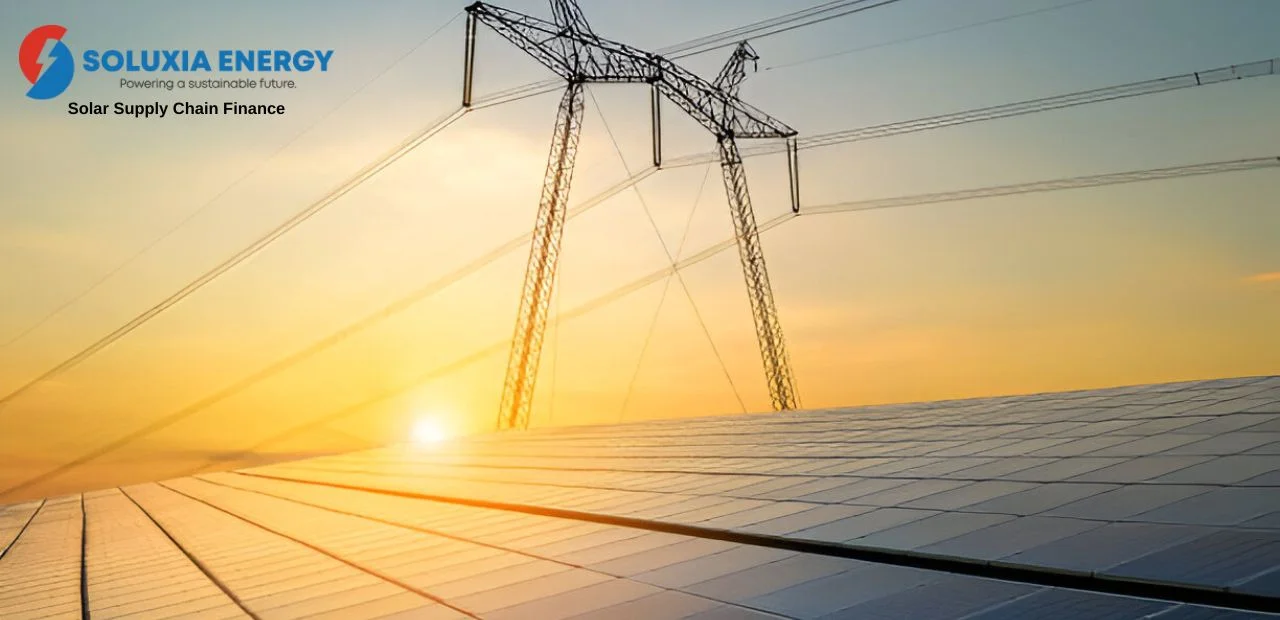The global shift toward renewable energy has placed the solar industry at the center of sustainable innovation. But behind every solar panel installed lies a complex web of manufacturing, distribution, and financial mechanisms that make it all possible. In this context, solar supply chain finance is playing a pivotal role in strengthening the solar industry’s growth and resilience—especially in emerging markets like Pakistan.
🔗 What Is Solar Supply Chain Finance?
Supply chain finance (SCF) refers to a set of financial tools that optimize cash flow across the supply chain, allowing businesses to extend payment terms while ensuring their suppliers get paid promptly.
In the solar industry, SCF ensures that manufacturers, installers, distributors, and technology providers can work seamlessly—without delays caused by capital shortages.
☀️ Why It Matters in the Solar Sector
The solar energy ecosystem involves:
- Raw material providers (e.g., silicon, glass)
- Panel manufacturers
- Battery & inverter suppliers
- Distributors & logistics firms
- Installers and project developers
Without timely financing, one weak link can delay entire projects. With solar supply chain finance, companies ensure uninterrupted production, procurement, and deployment.
💼 Key Benefits of Supply Chain Finance for Solar Expansion
1. ✅ Liquidity for All Players
SCF frees up working capital for suppliers, allowing them to scale operations, invest in R&D, and meet rising demand.
2. 📉 Reduced Financial Risk
Buyers get longer payment terms, while suppliers get early payments through third-party financiers—mitigating risk for both.
3. 🔁 Efficient Project Delivery
Timely financing means fewer project delays, helping meet installation deadlines and ROI targets for large-scale solar initiatives.
4. 💸 Access to Affordable Capital
With growing interest in green finance, banks and fintech firms are offering competitive rates specifically for solar-related supply chains.
🌍 The Role of Supply Chain Finance in Pakistan’s Solar Boom
Pakistan’s solar sector is booming, driven by:
- Rising electricity costs
- Frequent grid failures
- Government incentives for renewable energy
However, local manufacturers and installers often face capital shortages, slowing down implementation. Supply chain finance helps:
- Support local solar businesses with instant liquidity
- Facilitate imports of high-quality tech from global suppliers
- Enable faster deployment in residential, industrial, and agricultural sectors
Soluxia Energy, for example, is working to bridge this gap by offering innovative supply chain finance models tailored to Pakistan’s solar market.
🏦 How Supply Chain Financing Works in Practice
- Buyer and supplier agree on product terms (e.g., panels, batteries)
- Supplier ships goods
- Financier pays supplier early on behalf of buyer
- Buyer repays financier at agreed terms (30, 60, or 90 days)
This approach not only enhances supplier trust but also boosts procurement efficiency.
🧭 The Future of Solar Supply Chains
As climate goals become more urgent, the need for a well-funded and resilient solar supply chain grows. By embedding financial tools into the ecosystem, governments and private firms can:
- Support faster clean energy transitions
- Attract green investments
- Empower small and medium solar enterprises
✅ Conclusion
Expanding the reach of solar supply chain finance is essential to unlocking the full potential of solar energy—especially in developing regions like Pakistan. From improved liquidity to faster installations, this innovative financing method is fueling the clean energy revolution from the ground up. As more stakeholders embrace it, the dream of an energy-secure, solar-powered future comes closer to reality.
